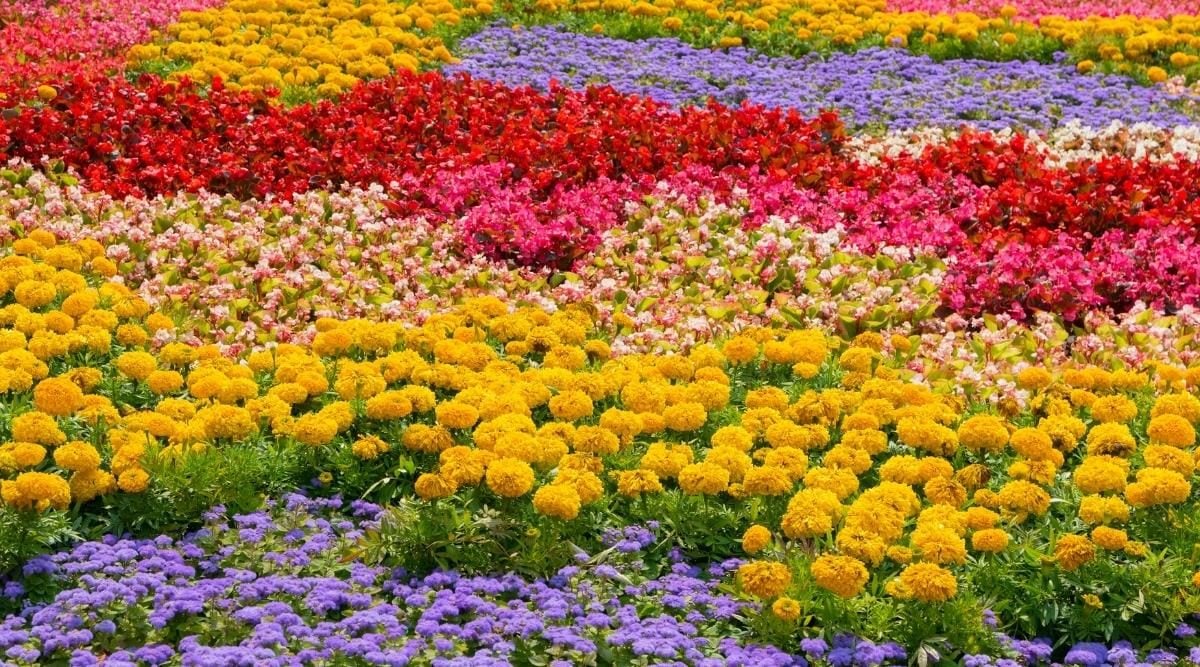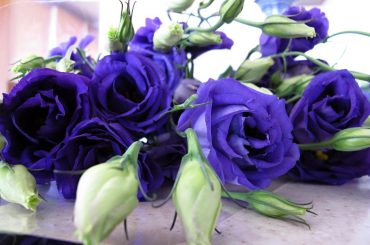Table of Contents
Have you ever been mesmerized by the beauty of a flower but couldn’t recall its name? Flowers are large and diverse, with an astounding assortment of colours, forms and scents.
It’s only natural to run into strange blooms that pique our curiosity when we immerse ourselves in nature’s beauties. That’s where an A-Z flower list of popular flowers comes to the rescue.
This blog is a valuable resource, helping us unravel the mysteries of flower identification and expanding our botanical knowledge.
The beautiful flowers’ names adorn our gardens are fascinating, so let’s explore this enchanting world and learn about them.
An A-Z List Of Popular Flower Names
1. Abutilon
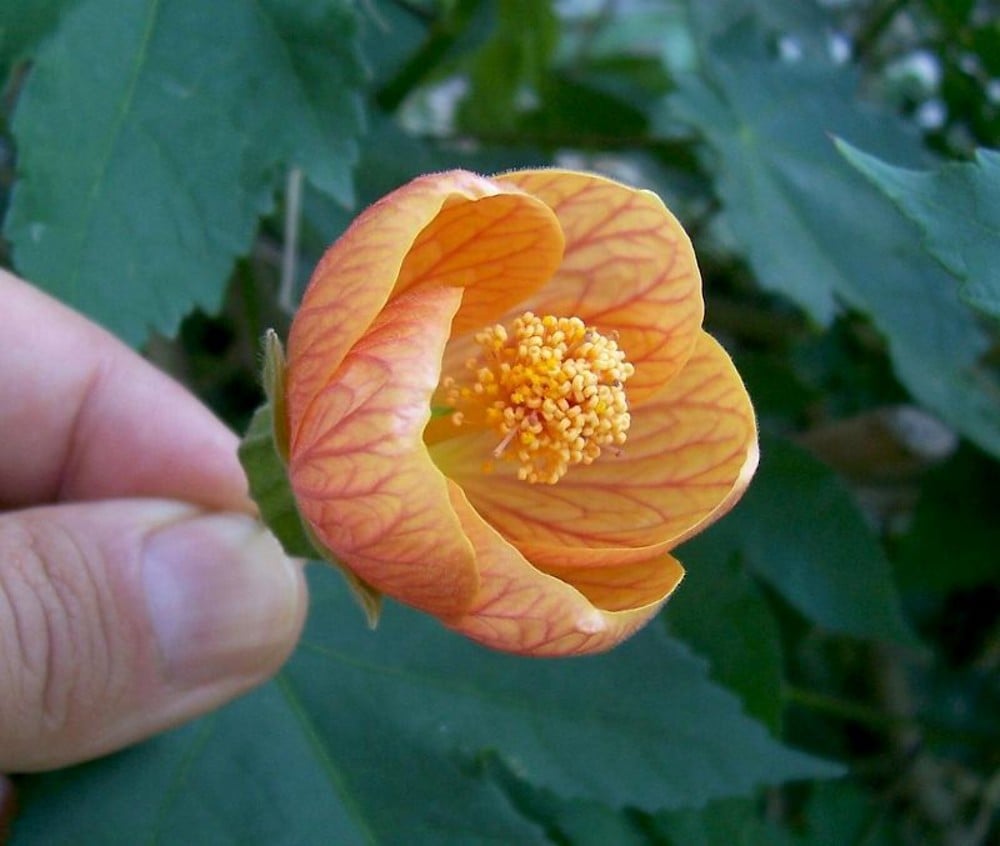
Abutilon is shaped like a bell and can be found on the leaves in small inflorescences, standing alone or in pairs. The flower is typically orange or crimson and thrives in the wild.
2. Amaryllis
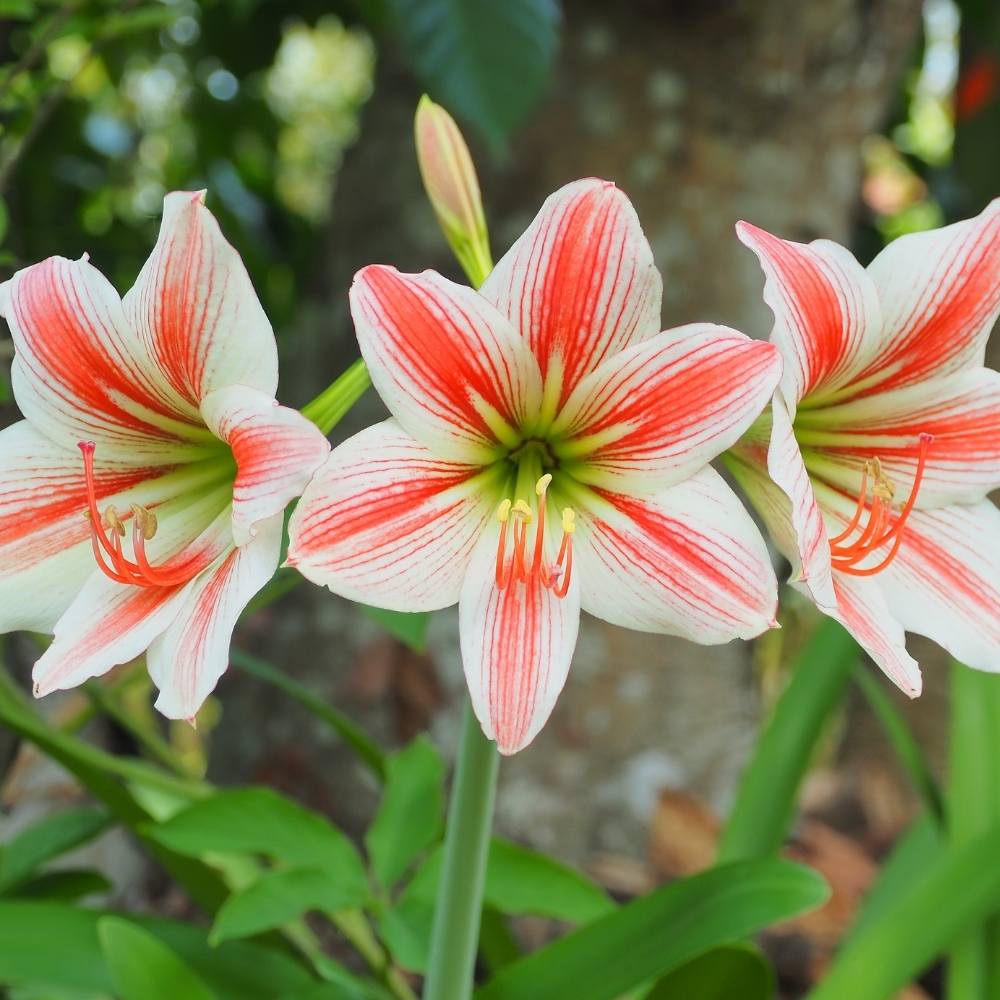
A beautiful sight to behold in the winter and early spring is the amaryllis, with its brilliant and profuse flowers. These flowers typically take six to eight weeks to bloom. They can enchant you with their vivid colours just in time for Christmas by being planted in September.
3. Astilbe
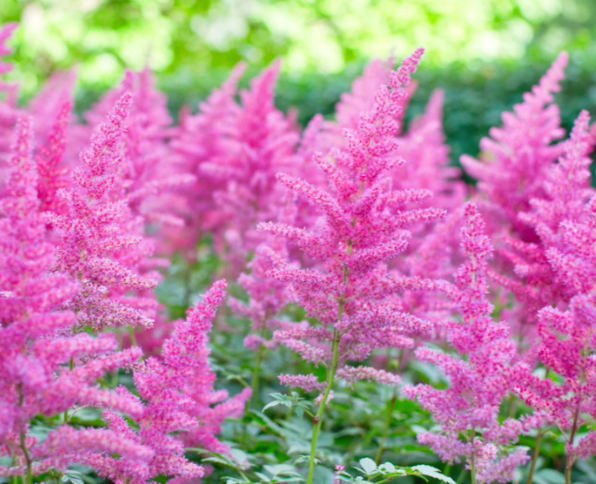
Not many perennials can match astilbes for colour in a shade of green. The plants generate fern-like leaves and blooms that resemble feathery plumes. They favour moist, acidic soil with some shade.
4. Baby’s Breath
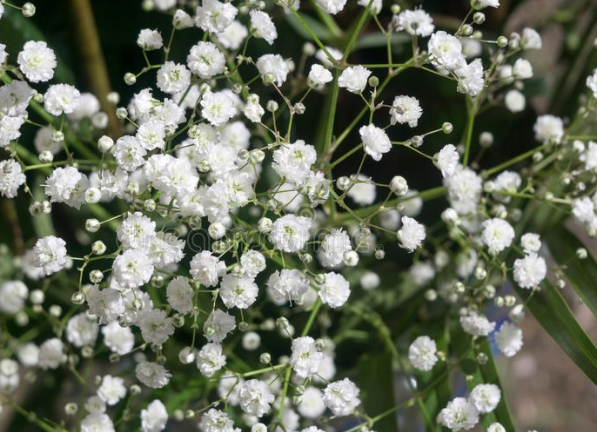
The most variety of baby’s breaths can be found in Turkey. This flower is essential for creating laboratory reagents and photographic films and being aesthetically pleasing.
5. Begonia
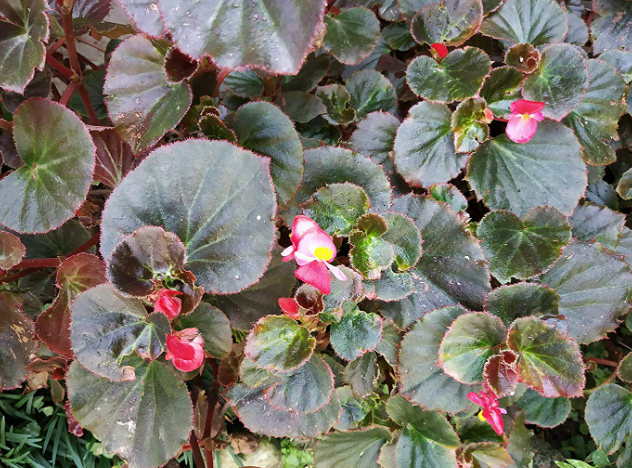
This flower stands out because it has fleshy leaves, making it unique. The size of the flower varies. They have fibrous roots and can be found low to the ground or hanging gracefully in flower baskets.
6. Bellflower
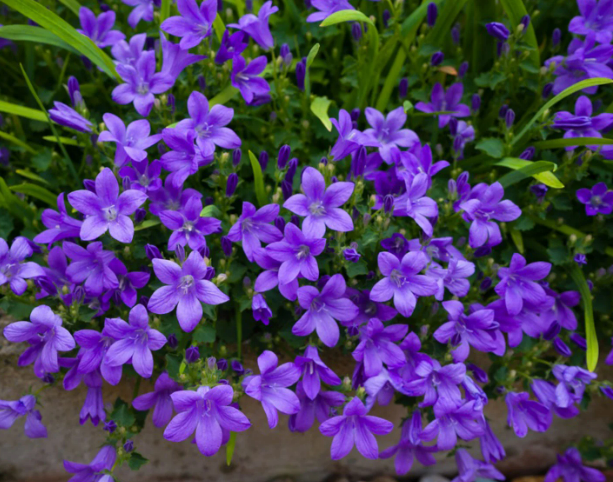
As their name suggests, most bellflower cultivars take on a bell-shaped structure; however, some resemble flattened stars in bloom. They are popular nationwide because they are easy to grow and come in various colours.
7. Bergamot
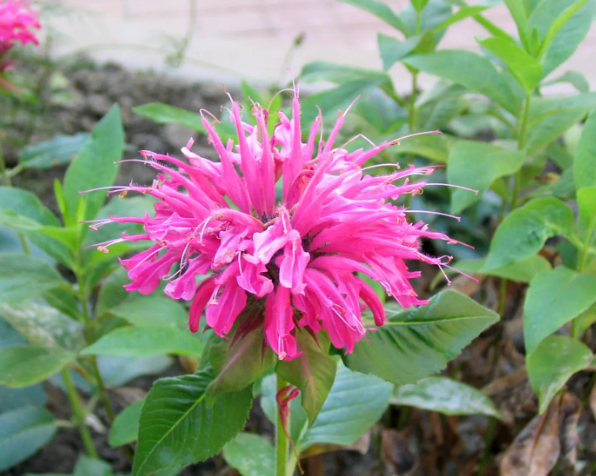
Bergamot has distinctive petals that grow tendril-like from the centre of the flowerhead and are easily identifiable. It also has aromatic leaves that are frequently selected for potpourri. It has an extraordinarily long flowering season when frequently deadheaded, making it a fantastic choice for a prolonged show.
8. Bluebells
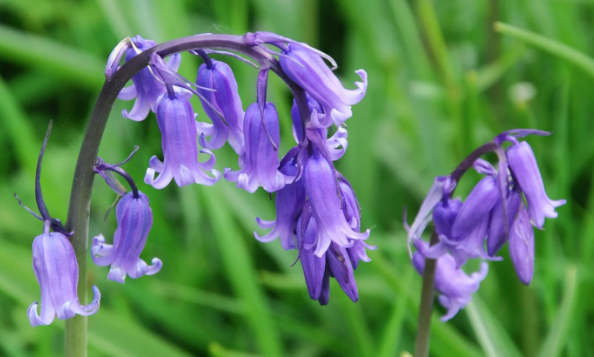
A typical sight to behold in shady UK forests or meadows and is an excellent choice for hiding beneath tall shrubs or trees. They are grown from bulbs, are low maintenance, and are enchanted with their blue blossoms in the spring.
9. Carnation
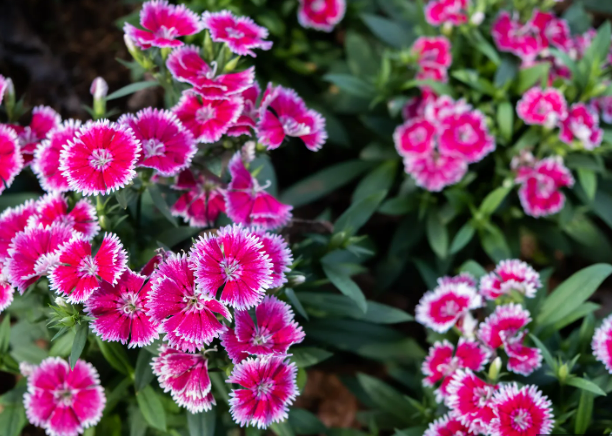
Carnations are a colourful choice for the yard, even though they are most frequently seen on the lapels of wedding guests. These semi-hardy perennials will add beauty to any outdoor display with lush foliage and vibrant floral blossoms.
10. Chrysanthemum
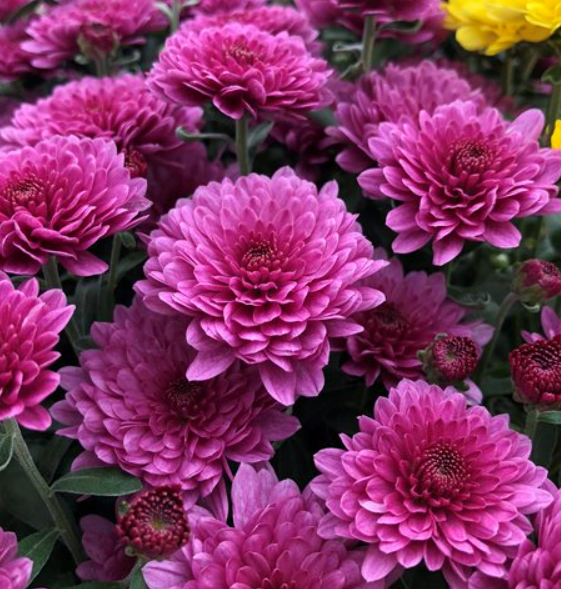
The vivid and bouncing rosettes of chrysanthemums are among the most instantly recognized flowers. They are sensitive plants that should only be handled while wearing protective gloves, but the extra work is worth it because they produce beautiful flowers in the late summer and early autumn.
11. Crocus
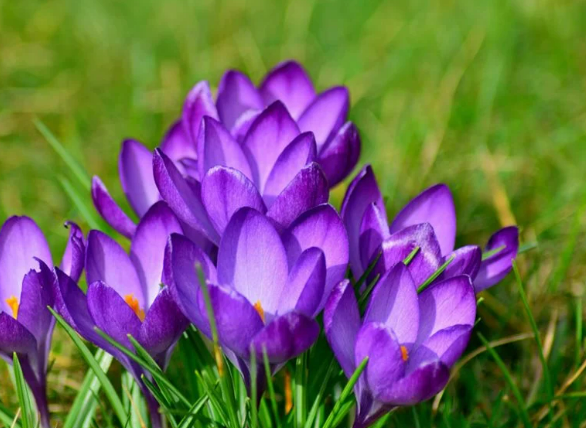
Typically, crocus bloom in the late winter and early spring, giving borders and rockeries much-needed vigour while everything else still wakes up from its hibernation.
12. Daffodils
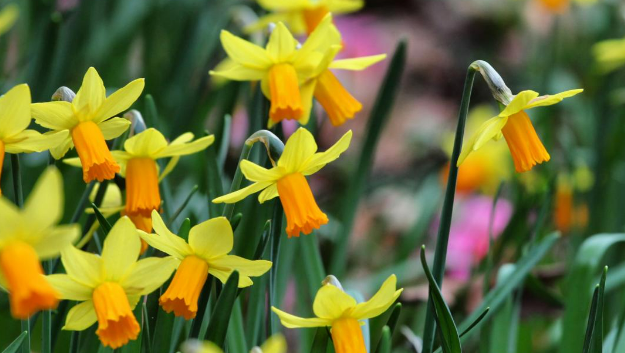
Daffodils are spring bloomers connected to March and are among the most well-liked bulbous plants worldwide. The dual tones of the yellow characteristic of most strains properly balance the peculiar trumpet-like form of their blossoms.
13. Delphinium
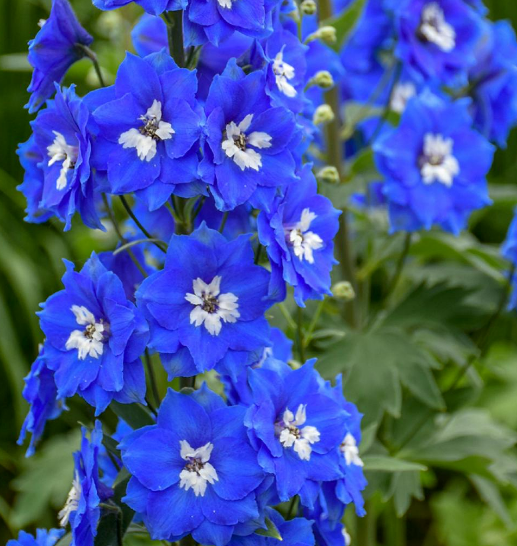
The majestic delphinium is a little picky, but it pays off with stunning spikes of blossoms. They favour moist, rich, alkaline soil and chilly summers.
14. Erica
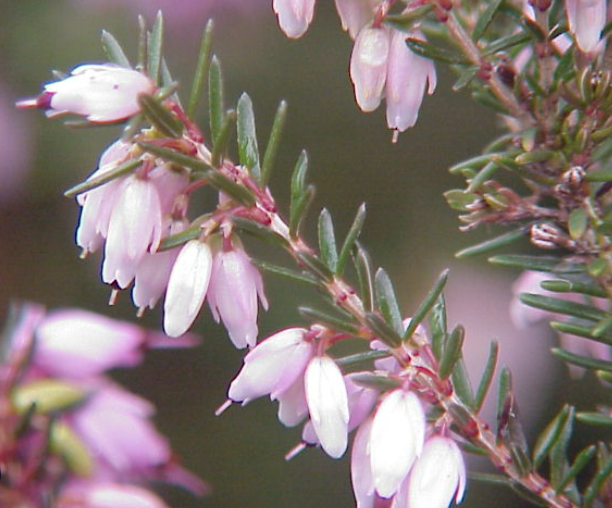
Erica is sometimes known as an alpine heath or a winter bath. The plant is an evergreen shrub. The leaves are golden or dark green. The flowers of erica are pink, crimson, or white. The three colours can be planted in the garden to give it a lovely appearance.
15. Evening Primrose
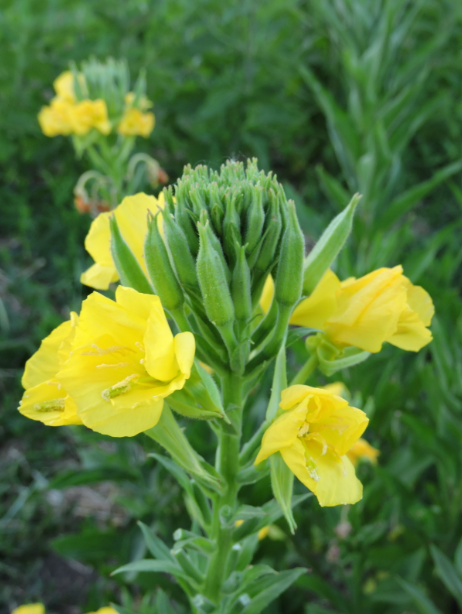
The evening primrose is a North American native initially established naturally in the UK in the 1600s. It gets its name from the vivid yellow blossoms that only open up at night and entice sleepy bees and butterflies to wildlife gardens throughout the country.
16. Forget-me-not
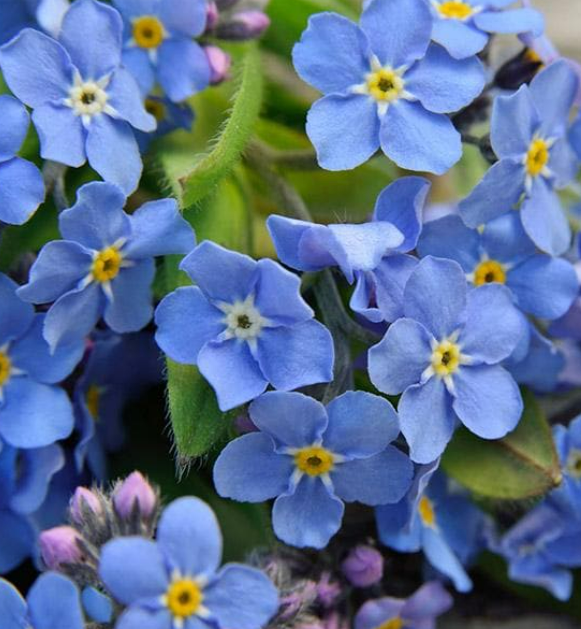
This may have the most romantically called moniker of all the names in our flower list. They are striking and vivid spring flowers. The beauty of their pastel blue blossoms, which dangle in the air like an irresistibly appealing shower of petals, is perfectly framed by the enormous green foliage surrounding them.
17. Foxglove
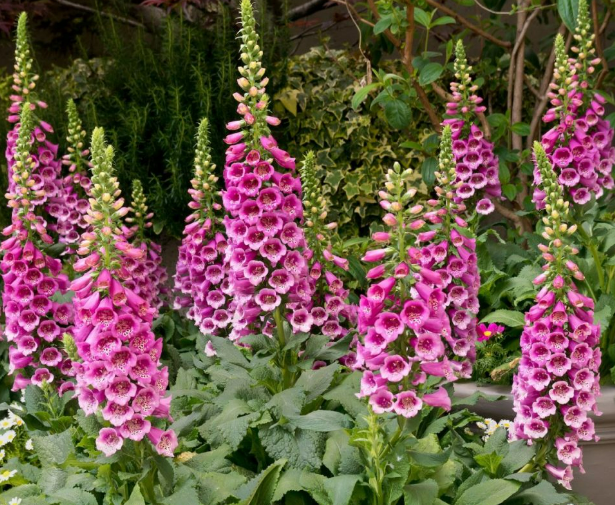
Foxglove plants, distinguished by spires of tubular blooms in pink, purple, yellow or white, are adored by practically everyone for their beautiful architecture.
18. Gladiola
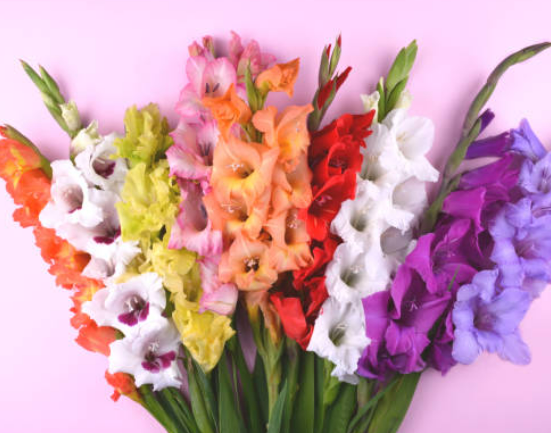
Depending on the variety, these magnificent plants come from South Africa or the Mediterranean. Even though most of the gladiola kinds planted now are modern hybrids, there are over 300 to pick from, so you’re likely to find one that matches your current colour scheme.
19. Hollyhock
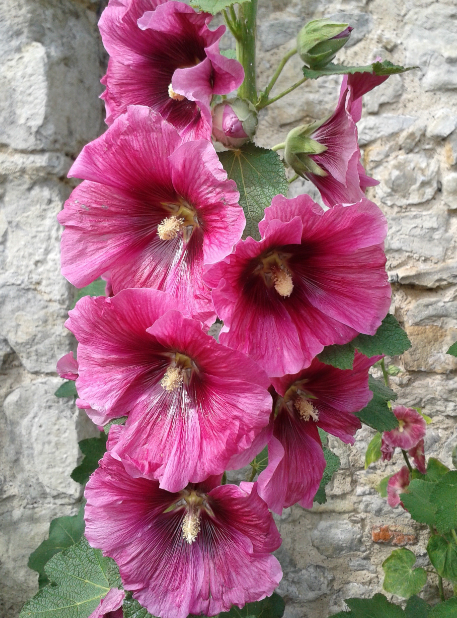
Hollyhock is perennial and herbaceous. The colours vary according to the cultivar and can be pink, red or white. It has a challenging flower to care for. You can expect to attract butterflies, hummingbirds and rabbits to your garden if you plant this flower.
20. Hyacinth
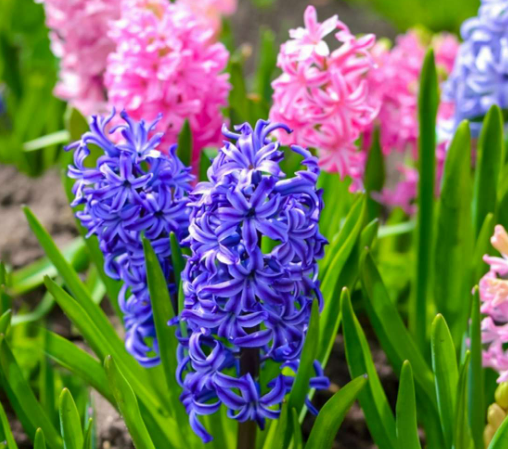
The hyacinth plant’s lovely star-shaped flowers are crammed so closely together on their stems that there is a little gap between them. This makes them a popular choice for borders or as-cut flowers indoors, along with their pleasant aroma.
21. Iris
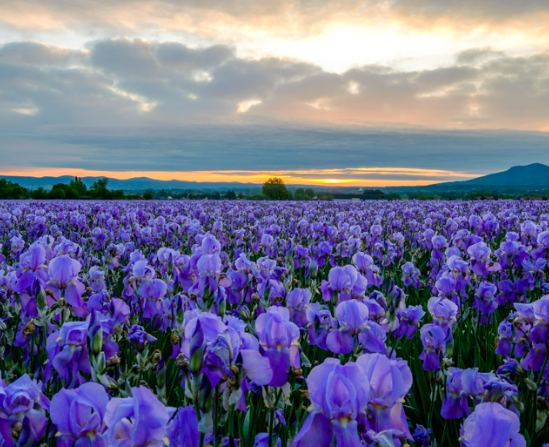
Irises are often found in rhizome- and bulb-grown variations. While the latter’s leaves are more lance-like in structure and the former have sword-shaped leaves, both types come in a wide range of gorgeous colours during spring blooms.
22. Ixora
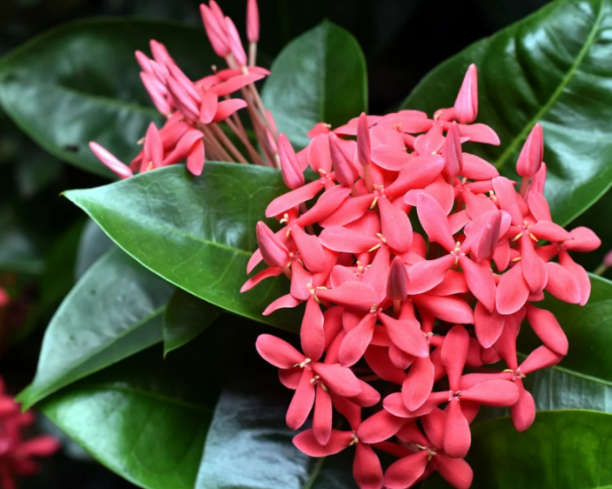
People sometimes refer to this flower as a flame of the woods. The plant has broad, evergreen leaves, and it blooms all year round.
23. Jacob’s Ladder
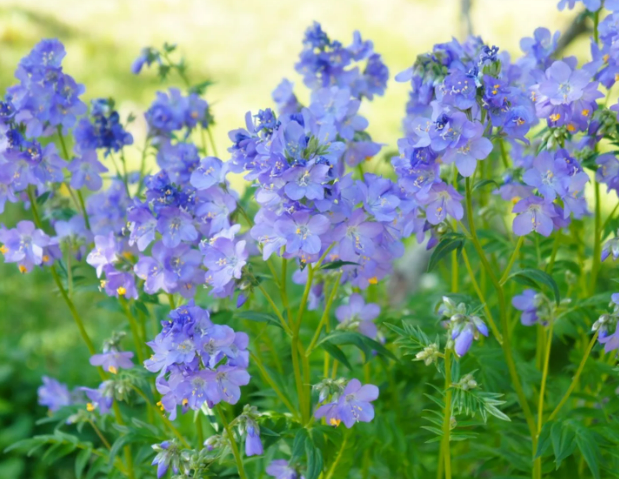
This plant is also known by the name Polemonium. It grows as a perennial herbaceous plant. Their biggest bloom occurs between April and June, and they are native to America. It can survive in both full sun and light shade.
24. Kalmia
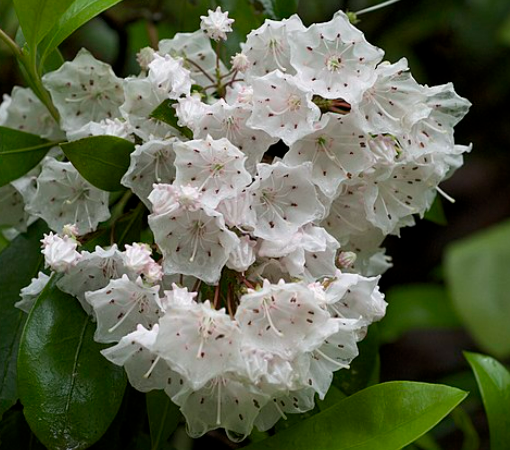
Beautiful flowering plants with broad, evergreen leaves, including Kalmia, are often known as the mountain laurel. The flower’s height can reach up to 15 feet, and it has white or rose petals with purple markings. On moist soil with some shade, mountain laurel thrives.
25. Lavender
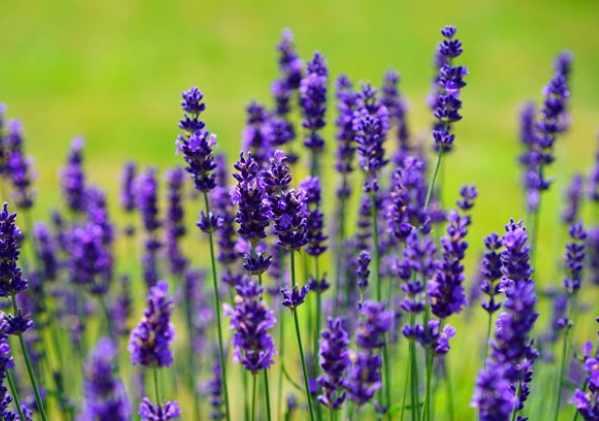
This Mediterranean evergreen plant is well known for its relaxing properties. Depending on the variety chosen, it can function as a hedge, a wildlife garden, or a potted plant.
26. Lilac
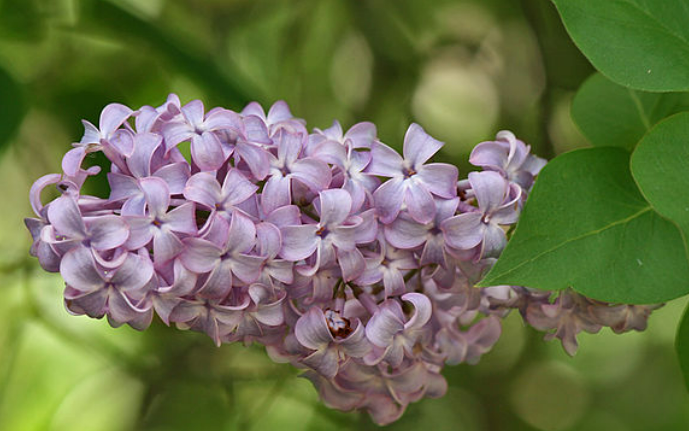
The lilac is a standard component of gardens all over Britain and is available as both a shrub and a tree. Its adaptability allows it to thrive in pots and the ground, and its delicate pastel colours and mild smell add a touch of elegance and class to any setting.
27. Marigold
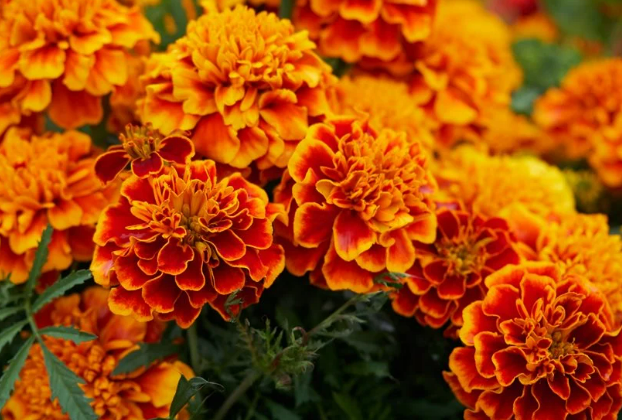
These cheery annuals are robust enough to withstand light frosts and will blossom boldly and vividly throughout the summer. Since they are edible, marigold flowers are frequently used as a garnish for salads and other meals.
28. Mimosa
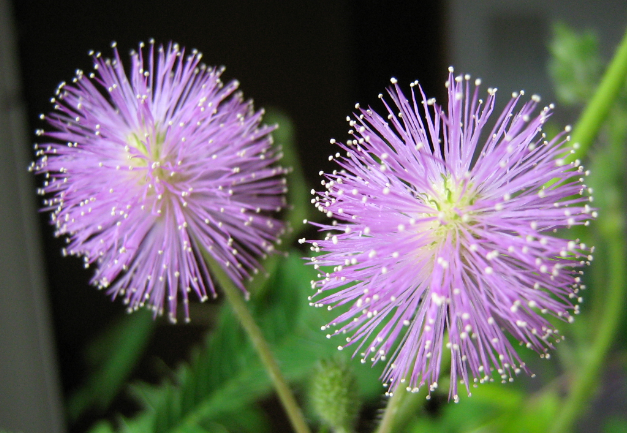
Mimosas are native to Australia and come in three forms: trees, shrubs and climbers; the former is the most frequently seen. When planting, ensure that you have enough room for your tree because some varieties can reach heights up to 12 meters and have similar spread.
29. Narcissus
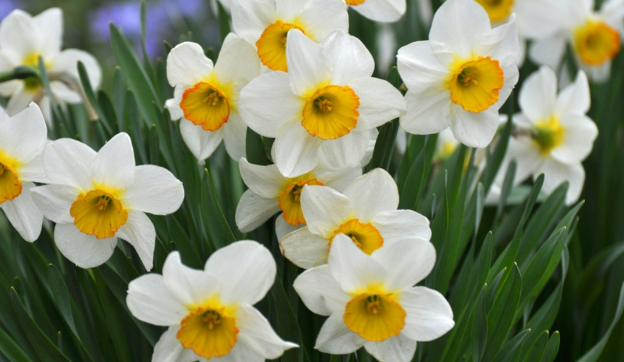
There are numerous species and cultivars of flowers in this genus. The colour of narcissus is primarily yellow, although you may encounter cream and pink varieties. Various heights are also available for this plant.
30. Nolana
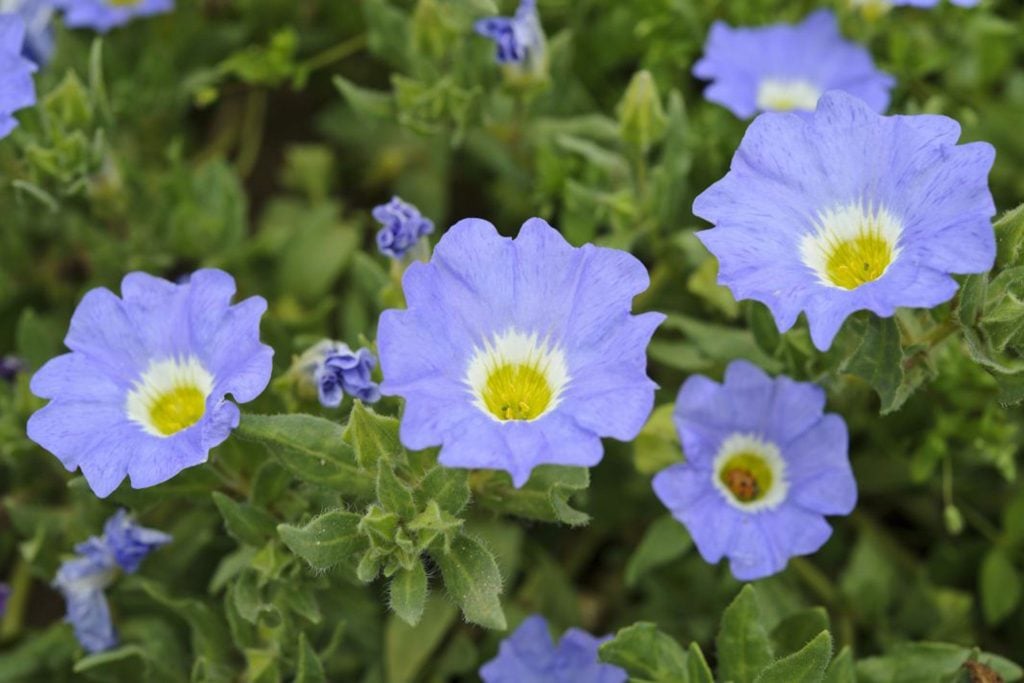
Where other flowers can’t, Nolana can. They thrive in the sun and may survive in the desert. It produces blue flowers resembling trumpets and grows well in hanging baskets.
31. Oleander
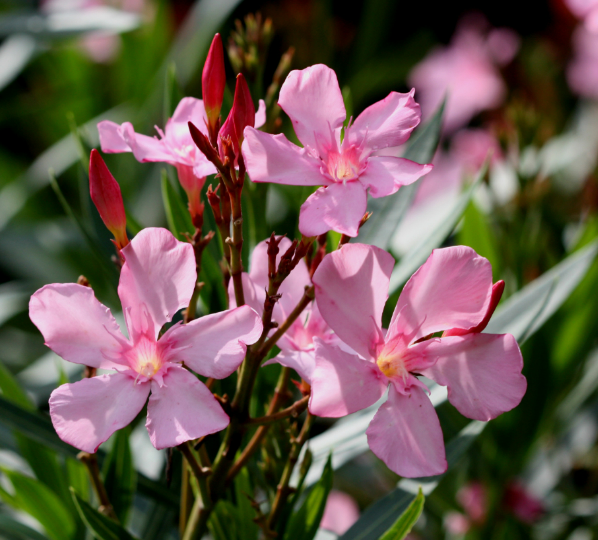
Oleander is an evergreen shrub only adaptable in specific zones. Beautiful, fragrant white or pink blooms are produced by it. The plant is quite poisonous.
32. Peony
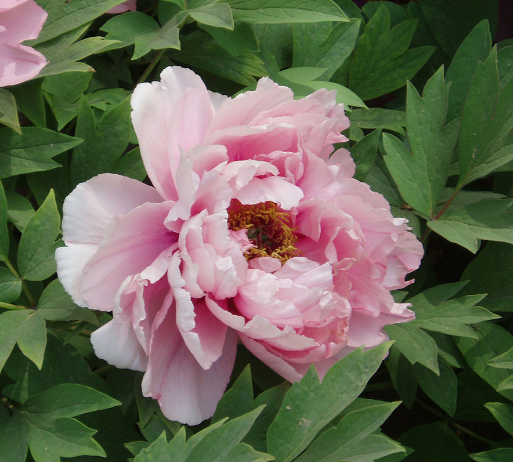
Peonies are among the most extravagant garden flowers available, with some types providing blooms the size of dinner plates. Though a hybrid of the two is less frequently encountered, they typically come as a tree or a herb.
33. Petunia
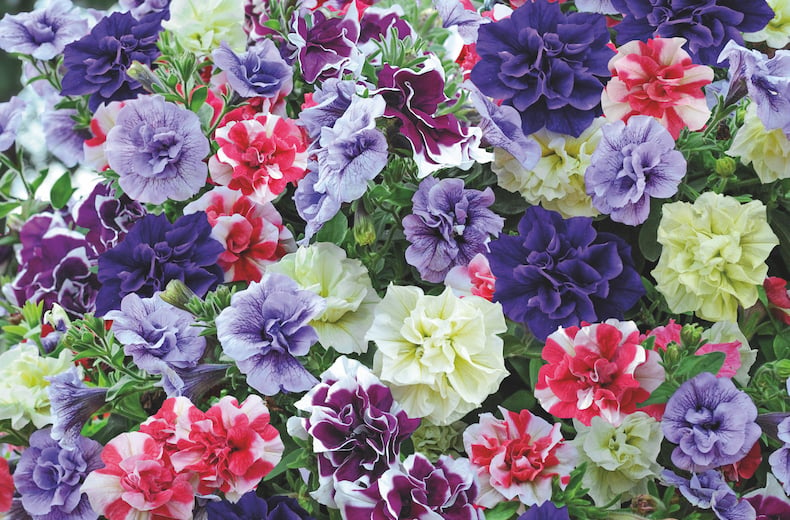
Petunias, another South American native, are less resilient to British frosts than Peruvian lilies. But they continue to be popular since they dependably produce a vibrant bed of blossoms in the summer.
34. Queen Anne’s Lace
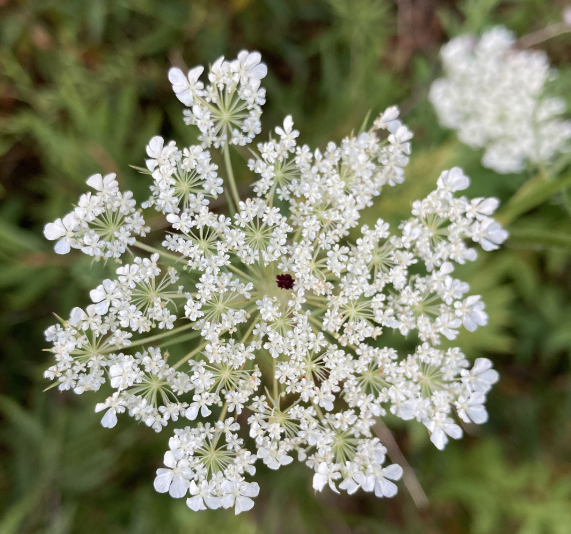
The plant is a wildflower and a herb. American – made Queen Anne’s Lace is a native material. These flowers resemble the poisonous hemlock plant. This flower looks lovely when dried and can grow in almost any place. The white flowers are small and arranged in clusters.
35. Quince
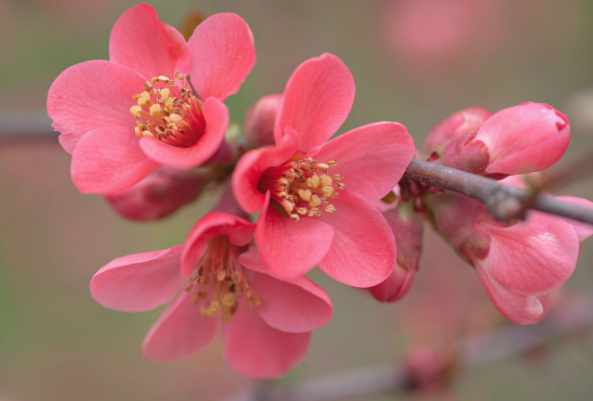
Quince is a fruit-producing shrub. It has flowers that are either white or pale pink. Quince blooms can withstand both full sun and some shade. It needs soil that is fertile, somewhat moist and has good drainage.
36. Rose
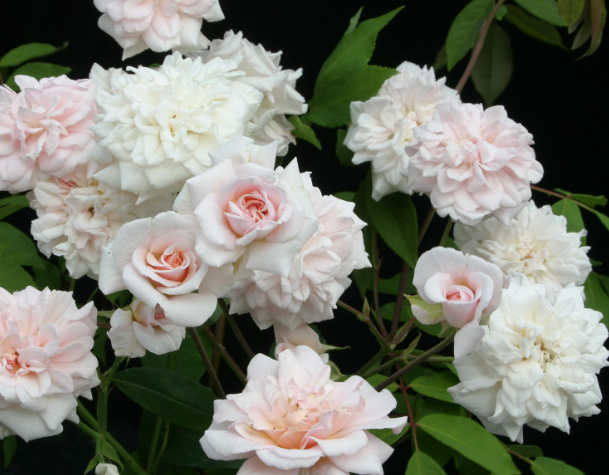
More than 3,000 members are in this large plant family, including well-known fruits like apples, raspberries and strawberries. Of course, the modest rose takes most of the headlines for its beautiful smell and colour.
37. Scilla
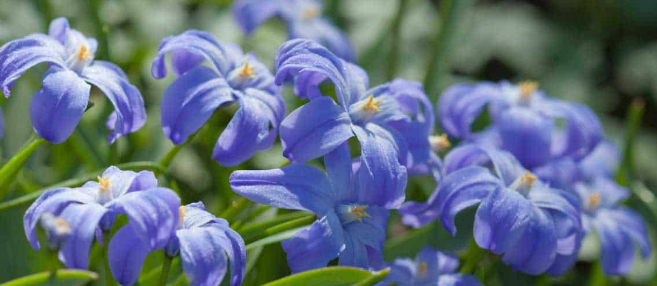
These hardy bulbs produce exquisite bell-shaped flowers in the early spring. Most frequently, the flowers are lavender, pink, or white. Plant Scilla in the sun or partial shade in the late autumn.
38. Sedum
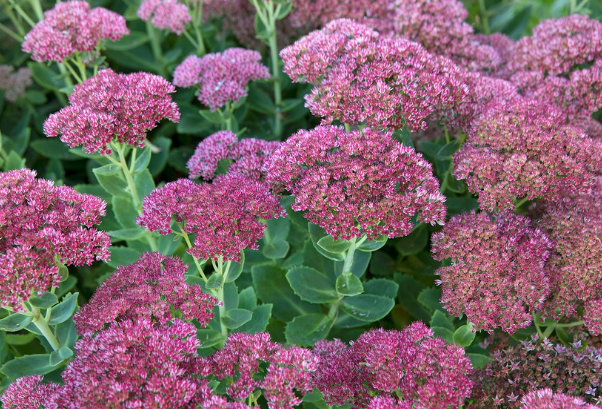
Depending on the type, sedum produces thick, padded flowers and succulent leaves that are frequently in the autumn. Put them in a rock garden, full sun, or barren area.
39. Snapdragon
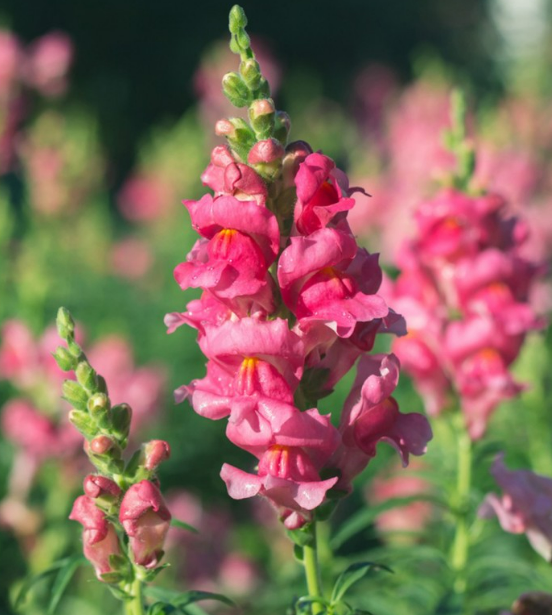
Snapdragons are favoured among traditional cottage garden aesthetics because they are simple to grow and guaranteed to add a burst of colour and architectural mystery. Compared to many of its competitors, they flower longer, with blossoms lasting from early June until late October.
40. Tansy
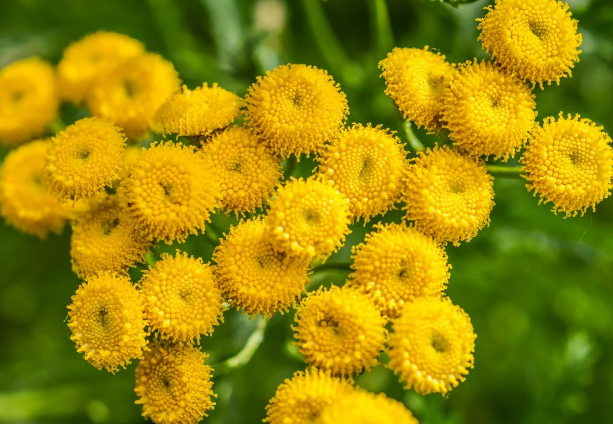
With their distinctive yellow colouring, the tansy plant’s bulbous, button-like flowerheads have led to their inclusion in numerous attractive garden displays.
41. Tulip
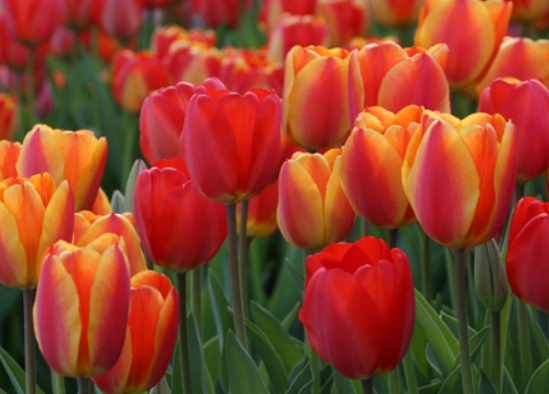
The renewal and revitalization of spring are inextricably related to tulips. Although theoretically a perennial plant, many modern hybrids have undergone extensive over-engineering to provide the finest visual result. Because of this, many gardeners just transplant tulip bulbs each autumn to ensure a healthy crop.
42. Urn Flower
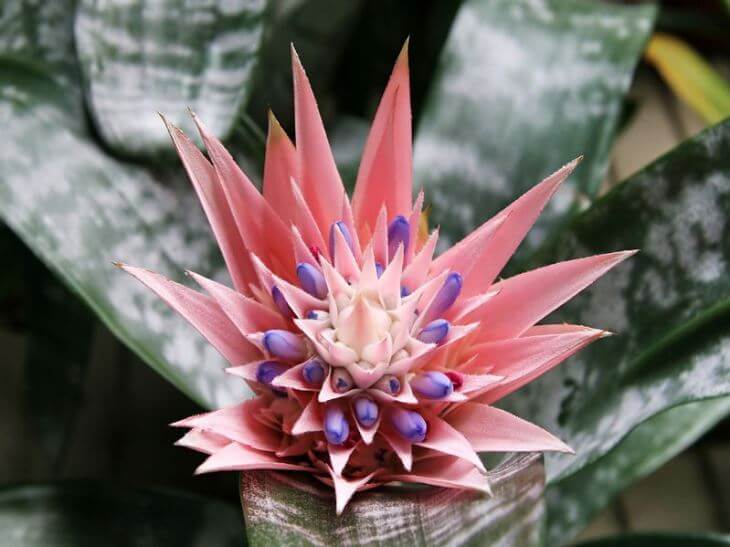
This flower is sometimes referred to as a silver vase. It belongs to the bromeliad family and is indigenous to the rainforests of South America. They have white or silver patterns and dark green foliage. The blossoms have pink designs and tints in them.
43. Ursinia
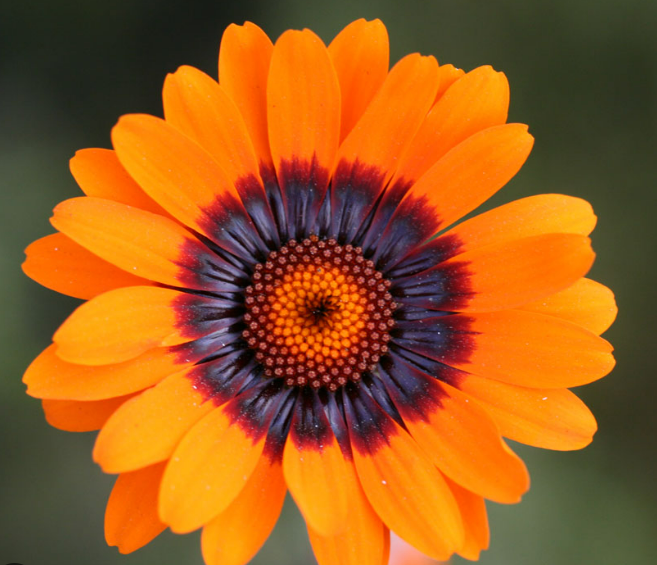
This South African native, which is incredibly floriferous and simple to grow, is now gaining popularity among gardeners in the UK. A lush, ferny pile of foliage surrounds month-long, bright, golden blossoms; it can be incorporated into container gardens for lasting colour or planted beds and borders for a specific splash of colour.
44. Viper’s Bugloss
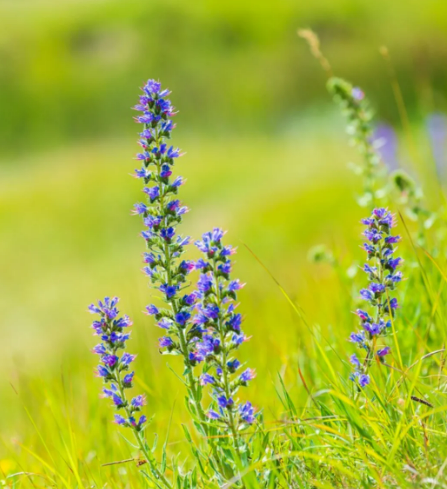
Viper’s bugloss is a hairy shrub with dense spikes of vivid blue, funnel-shaped blooms. It blooms from May to September and can be found in chalk grassland, dunes, cliffs and disturbed ground.
45. Water Lily
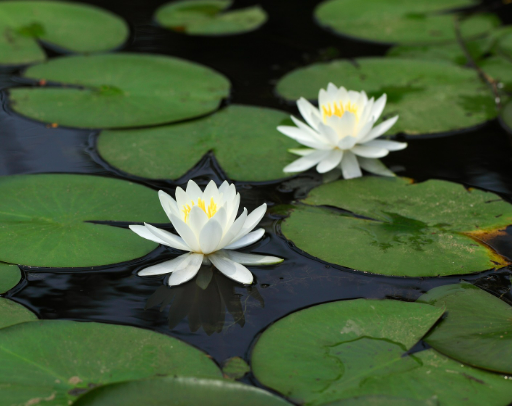
One plant that can thrive in both tropical and temperate areas on freshwater is water lily. Although water lilies appear floating on the water, they are supported by branches with roots buried in mud.
46. Xerophyllum
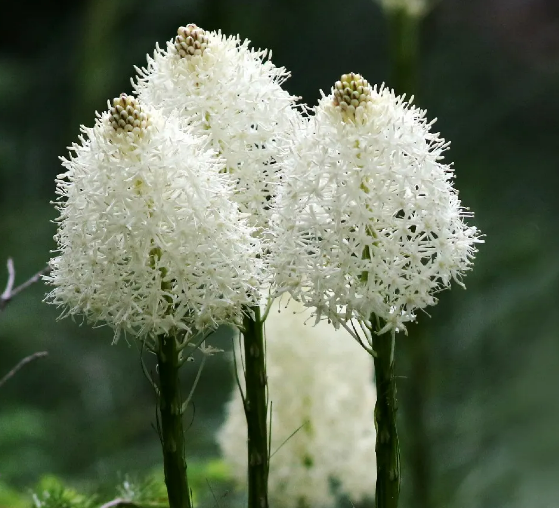
This perennial flower blooms from spring through summer and is a member of the lily family. It has white blossoms, also known as bear grass, elk grass, or saw grass, and it can be cultivated using seeds or rhizomes. Native people also used leaf fibres to make clothes and baskets.
47. Yellow Bell
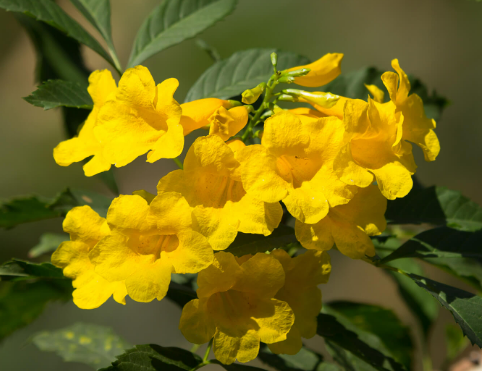
Yellow bell plant maintenance is inexpensive and simple. These plants are perennial flowering shrubs growing up to 20 feet. They grow as trumpet-shaped yellow flowers hanging in clusters from the branches and are also known as singing Thomas, yellow elder or bells.
48. Zinnia
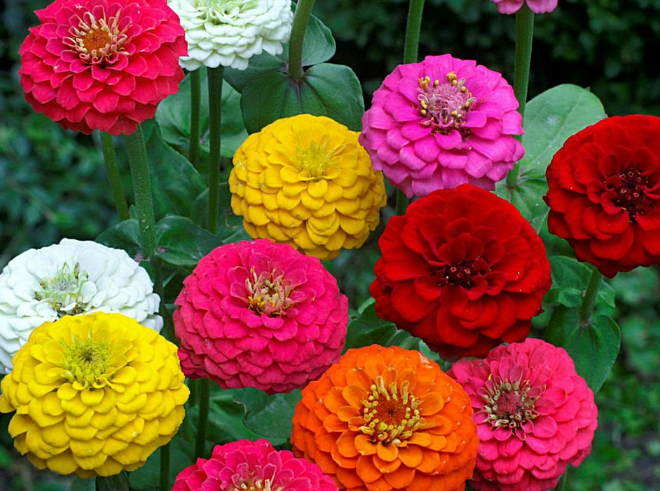
Zinnias must be sown in a heated propagator at the end of March or on a sunny windowsill because they are only partially hardy. It’s critical to sow properly to create compact, vigorous plants. You’ll enjoy plenty of vivid zinnias in your garden or cut flowers inside your house with regular deadheading, promoting continuous flowering throughout summer and autumn.
Conclusion
Each flower has charm and beauty, from buttercups to yellow bells to classic daisies pr exotic blooms like zinnias. There is always a flower to suit every taste and style.
While you go through this flower list, remember to consider factors such as your local climate, soil conditions, and sunlight exposure for your garden. You can ensure their success and minimize maintenance efforts by choosing plants well-adapted to your region.
So embark on your gardening journey by going through our A-Z flower list and let your creativity flourish as you design a captivating landscape with nature’s most exquisite creations.

